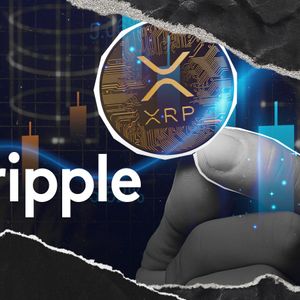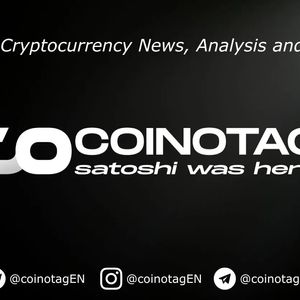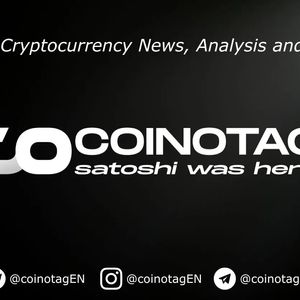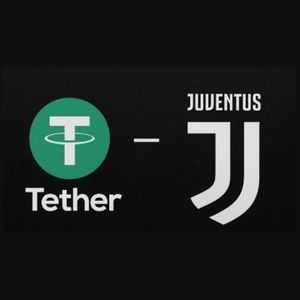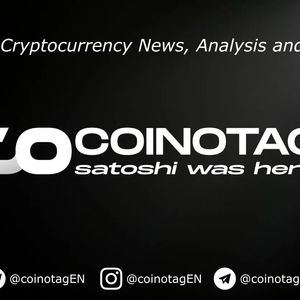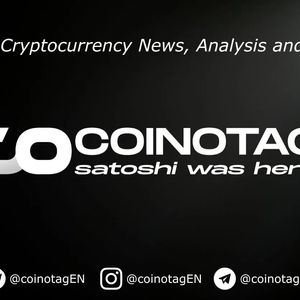In a groundbreaking move poised to reshape the landscape of institutional finance, the Depository Trust & Clearing Corporation (DTCC), a premier post-trade market infrastructure provider, has officially launched its highly anticipated platform for tokenized collateral management . This development, first highlighted by Solid Intel on X, signals a significant step forward in the integration of blockchain technology within traditional financial systems. Are you ready to witness how this innovation could redefine efficiency and security in the world of collateral? What is Tokenized Collateral Management and Why is DTCC’s Platform a Game Changer? Before we delve into the specifics of DTCC’s new offering, let’s understand the core concept. Tokenized collateral management essentially involves representing traditional financial assets, such as stocks, bonds, or even real estate, as digital tokens on a blockchain. This process unlocks a host of benefits, primarily by enhancing the efficiency, transparency, and speed of collateral management. Why is this important? In traditional finance, managing collateral—assets pledged to secure loans or trades—can be a cumbersome and often slow process. It involves multiple intermediaries, manual paperwork, and can be prone to operational inefficiencies. Tokenization aims to streamline this by: Reducing settlement times: Transactions on a blockchain are typically faster than traditional settlement systems, potentially moving from T+1 or T+2 to near real-time. Improving operational efficiency: Automation through smart contracts can minimize manual intervention, reducing errors and operational costs. Enhancing transparency: Blockchain’s inherent transparency provides a clear and auditable record of collateral movements and ownership. Expanding accessibility: Tokenization can potentially fractionalize assets, making them more accessible as collateral and opening up new liquidity pools. DTCC, as a critical infrastructure in the financial markets, stepping into this space is a powerful endorsement of blockchain adoption in mainstream finance. Their platform isn’t just another experiment; it’s a strategic move that could set a new industry standard. Exploring the Benefits of the DTCC Platform for Tokenized Collateral The launch of DTCC’s platform is not just about keeping up with technological trends; it’s about addressing real-world challenges in collateral management. Let’s break down the key benefits: Benefit Description Impact Increased Efficiency Automated processes and faster settlement reduce operational drag. Lower costs, faster transaction cycles. Enhanced Security Blockchain’s cryptographic security strengthens the integrity of collateral data. Reduced risk of fraud and data breaches. Improved Liquidity Tokenization can unlock previously illiquid assets as potential collateral. Greater flexibility in collateral usage and potentially lower borrowing costs. Greater Transparency Immutable blockchain records offer a clear audit trail of collateral movements. Improved regulatory compliance and trust among participants. Imagine a scenario where a financial institution needs to quickly mobilize collateral to meet margin requirements. With a DTCC platform for tokenized assets, this process could be significantly accelerated and simplified compared to the traditional methods that involve manual reconciliations and slower transfer mechanisms. This speed and efficiency are paramount in today’s fast-paced financial markets. Challenges and Considerations for Institutional Crypto Adoption While the potential of tokenized collateral management is immense, the path to widespread institutional crypto adoption is not without its hurdles. What are some of the challenges that DTCC and the broader industry might face? Regulatory Clarity: Clear and consistent regulatory frameworks are crucial for the widespread adoption of tokenized assets. Different jurisdictions have varying approaches, which can create complexities for global institutions. Interoperability: For tokenized collateral to be truly effective, platforms need to be interoperable. Ensuring seamless interaction between different blockchain networks and legacy systems is a technical challenge. Scalability: As adoption grows, blockchain networks must be able to handle increasing transaction volumes without compromising speed or cost. Scalability solutions are continuously evolving. Security Risks: While blockchain is inherently secure, vulnerabilities in smart contracts or custody solutions can pose risks. Robust security protocols and best practices are essential. Market Education and Acceptance: Widespread adoption requires educating market participants about the benefits and mechanics of tokenized collateral and overcoming any skepticism or resistance to change. DTCC’s initiative is a significant step in addressing these challenges head-on. By providing a robust and regulated platform, they are paving the way for greater comfort and confidence in using digital assets for collateral purposes within the institutional space. Examples of Tokenized Collateral in Action While DTCC’s platform is a recent development, the concept of tokenized collateral is already gaining traction in various forms. Here are a few examples to illustrate its potential: Stablecoins as Collateral: Stablecoins, pegged to fiat currencies, are increasingly used as collateral in decentralized finance (DeFi) platforms. Their price stability makes them attractive for this purpose. Tokenized Securities: Companies are beginning to tokenize traditional securities like stocks and bonds. These tokenized securities can then be used as collateral in lending and borrowing activities. Real-World Assets (RWAs) Tokenization: Beyond financial instruments, real-world assets like real estate, commodities, and art are being tokenized. This opens up vast new possibilities for collateralization, although it’s still in early stages. DTCC’s platform is geared towards institutional clients, focusing initially on securities. However, the underlying technology and principles can be applied to a much broader range of asset classes as the ecosystem matures. Actionable Insights: What Does This Mean for the Future of Finance? The launch of DTCC’s tokenized collateral management platform is more than just news; it’s a signal of a fundamental shift in how financial infrastructure is evolving. Here are some key takeaways and actionable insights: For Financial Institutions: Start exploring the potential of tokenized collateral and assess how it can enhance your operational efficiency, reduce costs, and improve risk management. Engage with platforms like DTCC’s to understand the practical implications. For Technology Providers: Focus on developing interoperable and secure solutions that support the growing demand for tokenized asset infrastructure. Regulatory compliance and scalability should be top priorities. For Regulators: Proactively develop clear and balanced regulatory frameworks that foster innovation in tokenized assets while mitigating potential risks. Collaboration with industry players is crucial. For Investors: Keep an eye on the developments in institutional crypto and tokenization. Understand the potential investment opportunities that may arise as this space matures. The move by DTCC is a powerful validation of the transformative potential of blockchain technology in finance. It’s a clear indication that blockchain adoption is no longer a fringe concept but a mainstream evolution. Conclusion: A Bold Step Towards a Tokenized Financial Ecosystem DTCC’s launch of its platform for tokenized collateral management is a watershed moment. It represents a significant leap towards a more efficient, transparent, and secure financial ecosystem. While challenges remain, the benefits of tokenization are becoming increasingly undeniable. This initiative by a market infrastructure giant like DTCC will undoubtedly accelerate the adoption of digital assets and blockchain technology within traditional finance, paving the way for a future where tokenized assets are commonplace. The revolution in collateral management is here, and it’s being driven by the power of tokenization. To learn more about the latest crypto market trends, explore our article on key developments shaping Ethereum institutional adoption.




